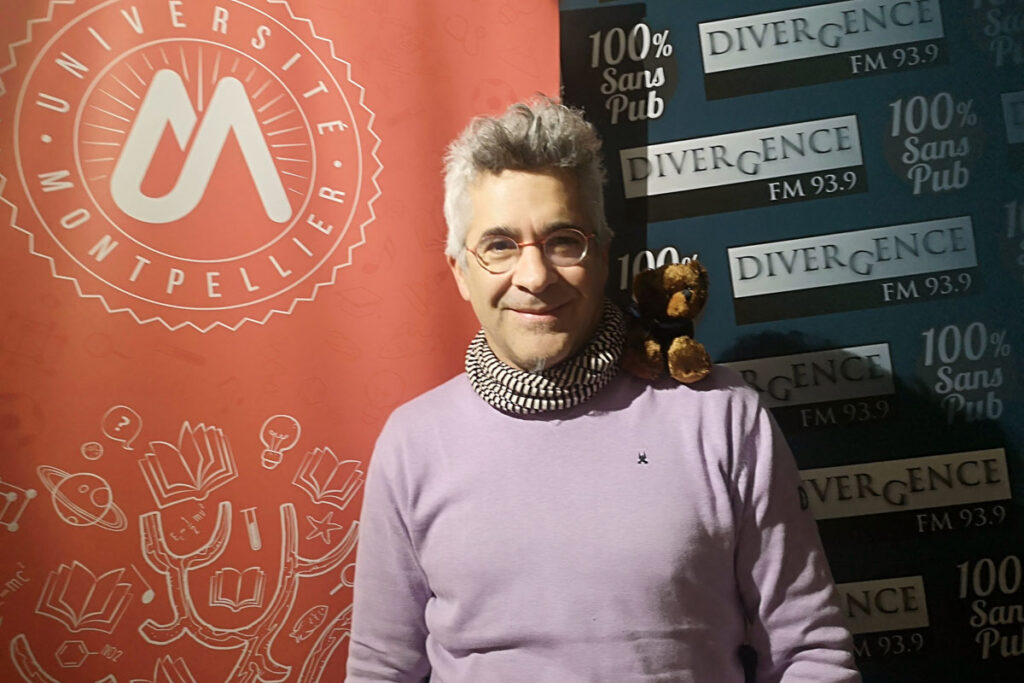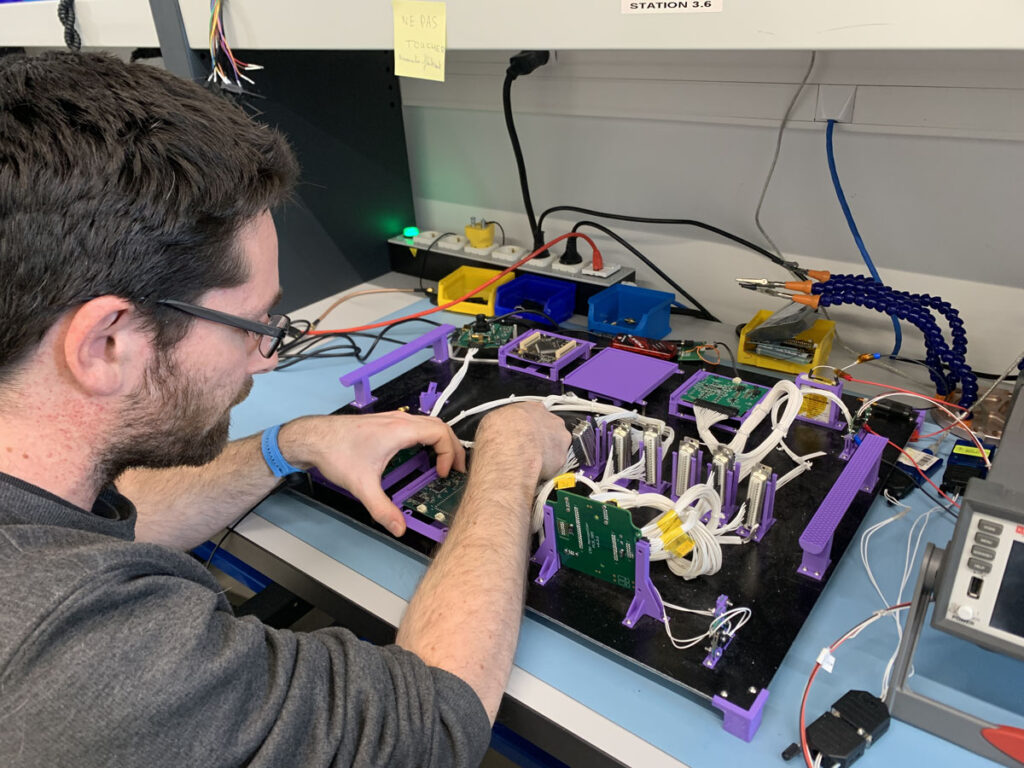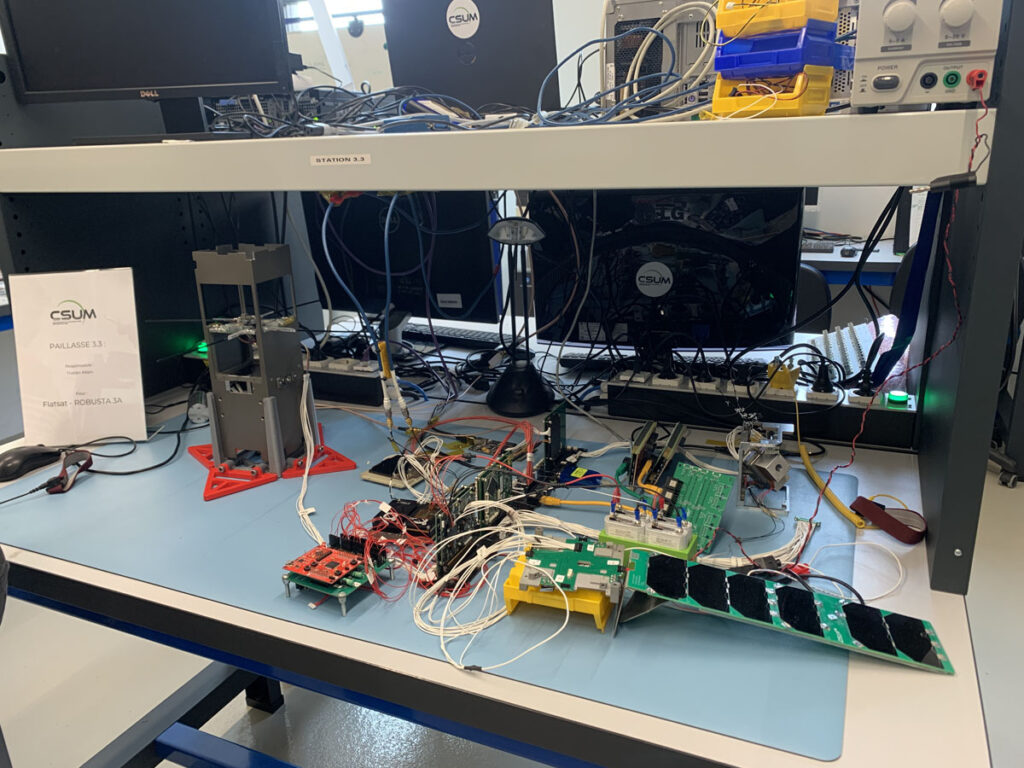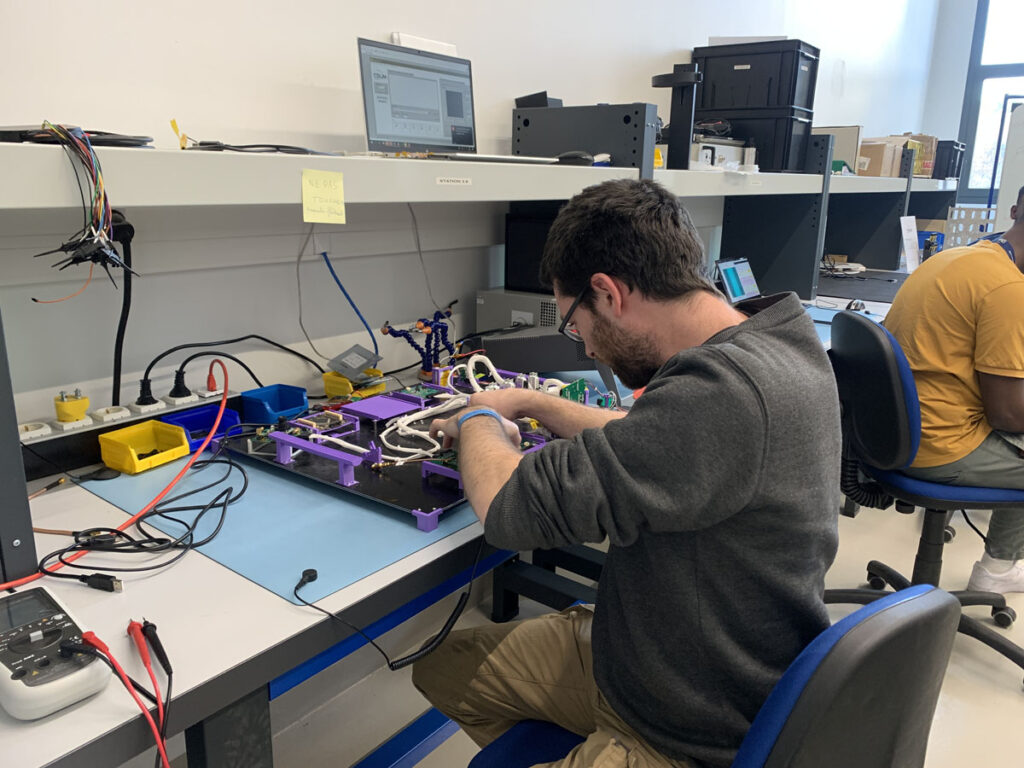A l'UM la science [S02-ep16]: From peluchology to flatsat and hackathon
This week Thierry Brassac, scientific mediator at the University of Montpellier, gives us the secret behind the comforting power of cuddly toys. Our report takes you to the university space center to discover a flatsat. Finally, Eric Servat, director of the Unesco water center Icireward, launches the Water4futur hackathon. A program broadcast on Divergence FM- 93.9 every Wednesday at 6pm.

Elodie's son and Caroline's daughter have had a rabbit on their right arm since birth, while Maxime's bed is occupied by a donkey, a lamb and a bear. As for Anouk, don't even think of taking her to school without her beaver, crisis guaranteed! As a child, Patrick's favorite was a blue pyjama dog, while Gabriel's favorite was a deer named Coquelicot. Attracted by the great white expanses, Norian carried a penguin with him, while Marie never went to sleep without her Bibiphoque. David swore by his giraffe, and Nicolas loved his monkey Chocolat. As for me, it was to console myself for the painful loss of my cat that I acquired my last stuffed animal, a flamboyant fox measuring around thirty centimetres, made from a particularly soft and comforting orange and white velvet... That was two years ago!
Whether bear, fox, seal or, why not, lobster or octopus, almost all of us have fond memories of our first companions, who, although inanimate, were able to provide us with a comfort that matched our pain as children, and sometimes as adults. In grown-up parlance, we call them transitional objects. But where does this comforting power come from?
This is the tough question faced by a team of multidisciplinary researchers: biologists, psychologists, ecologists, biostatisticians and scientific mediators from the University of Montpellier, Paul-Valery University and the University of Aix Marseille. They set up an experimental protocol inspired by natural sciences and cognitive psychology to draw up a composite portrait of the most comforting teddy bear in France, and to try to understand the mechanisms of this attachment through a participatory study involving almost a thousand participants. They recently published their study in The journal of positive psychology.
Our guest Thierry Brassac is a scientific mediator with the scientific culture department of the University of Montpellier, and has been coordinating this study for many years.
Read also:
- What makes a teddy bear comforting? A participatory study reveals the prevalence of sensory characteristics and emotional bonds in the perception of comforting teddy bears, Anne-Sophie Tribot, Nathalie Blanc, Thierry Brassac, François Guilhaumon, Nicolas Casajus & Nicolas Mouquet, January 30, 2023, The journal of positive psychology.
In the second half of the show, we take you on a trip to Montpellier's university space center, where Pablo Boizeau introduces us to a flatsat.



Our last-minute guest this week is Eric Servat, director of the Unesco water center Icireward, and he tells us about the Water4futur Hackathon taking place in Montpellier on February 16 and 17.
At UM la science you've got the program, let's go!
Coproduction: Divergence FM / Université de Montpellier
Animation: Lucie Lecherbonnier
Interviews : Lucie Lecherbonnier / Aline Périault
Reporting and editing: Lucie Lecherbonnier
Production: Naomi Charmetan
Listen to the "A l'UM la science" program on Divergence FM 93.9

UM podcasts are now available on your favorite platforms (Spotify, Deezer, Apple podcasts, Amazon Music...).